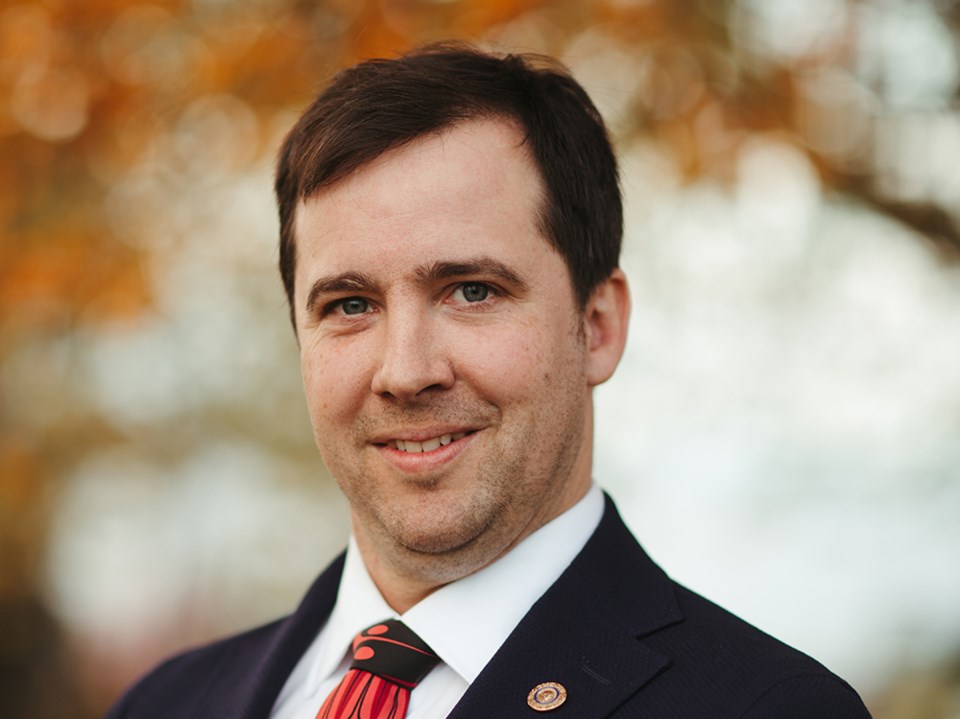qathet Regional District’s planning committee is not recommending that the regional board conduct public engagement regarding official community plan (OCP) changes pertaining to density policies in Electoral Area B.
At the August 2 planning committee meeting, qRD Area B director Mark Gisborne advocated for public engagement that would in part look at policies regulating housing density on rural properties.
Gisborne said, for example, that the concept of building coverage ratio (BCR) is not common in North America and is new when it comes to planning. He said the concept is popular in Japan.
“Right now, we have a housing crisis across North America,” said Gisborne. “Meanwhile, in Japan, they use BCR. They have a lot of people in very little space, yet the housing crisis in Japan is the opposite. In Japan they are giving away homes for free because they have overdeveloped.”
Gisborne said in urban areas, the current standard, floor area ratio (FAR), is a useful tool. He said in a rural area, one of the questions that came about when discussing the agricultural land reserve (ALR), was that the province indicated dwellings could have 5,000 square feet for a house.
“That meant you could have one 5,000-square-foot rancher, or, you could make it two storeys and it could only be 2,500 square feet,” said Gisborne. “The reason that sparked greater discussion is the purpose of the ALR is to protect agricultural land. Now that we’re looking at rural areas, not just the ALR, is why the resolution talks about rural residential land. It’s about protecting the natural environment and having emphasis on the natural environment.”
Gisborne said the main purpose of what he was proposing is that the regional district go to the public with public engagement options to update the OCP.
Gisborne said adopting BCR would make the regional district leaders when it comes to housing and protecting the natural environment.
“My thought is if we have BCR or FAR in our OCP, it can help guide developers do developments that are in line with our community objectives,” said Gisborne. “If we really want to be progressive, BCR is the way to go. It can enable residential flexibility without overburdening the natural environment of our communities.”
According to a glossary in a report to the committee, building coverage ratio means the ratio of the building footprint divided by the size of the property parcel. Floor area ratio means the ratio of a building’s total floor area divided by the size of the parcel.
qRD chief administrative officer Al Radke said he picked up on a comment made by Gisborne about property owners being able to build as many houses as they wish if Vancouver Coastal Health (VCH) allows it. He asked manager of planning services Laura Roddan to explain if that is the case, based on potable water and septic system requirements.
Roddan said currently, the regional district has five zoning bylaws, and within those areas, the regional district can regulate density. In most of those, it’s one dwelling per parcel, said Roddan, although some allow for secondary suites.
“Outside of zoning areas, we have no ability to regulate density,” said Roddan. “However, all our OCPs recommend density to one dwelling per however many hectares. Nothing we’re talking about is going to change that. Vancouver Coastal Health has authority to ensure water supply systems meet potable water standards by the province. Adding FAR or BCR is not going to change that fact.
“None of our policies promote an unlimited number of houses on properties. It’s a single-family dwelling emphasis.”
Electoral Area C director and board chair Clay Brander said he was not convinced that moving forward with the FAR and BCR is the right way to go,
“I am concerned about the work level that the planning department has on their plates already and I understand they’ve put forward a lot of time on this issue already,” said Brander. “I’m not prepared to support this because it would require staff to do so much more.”
The planning committee defeated a motion for public engagement for OCP changes regarding density policies.
Join the Peak's email list for the top headline right in your inbox Monday to Friday: prpeak.com/account/mailinglist.




